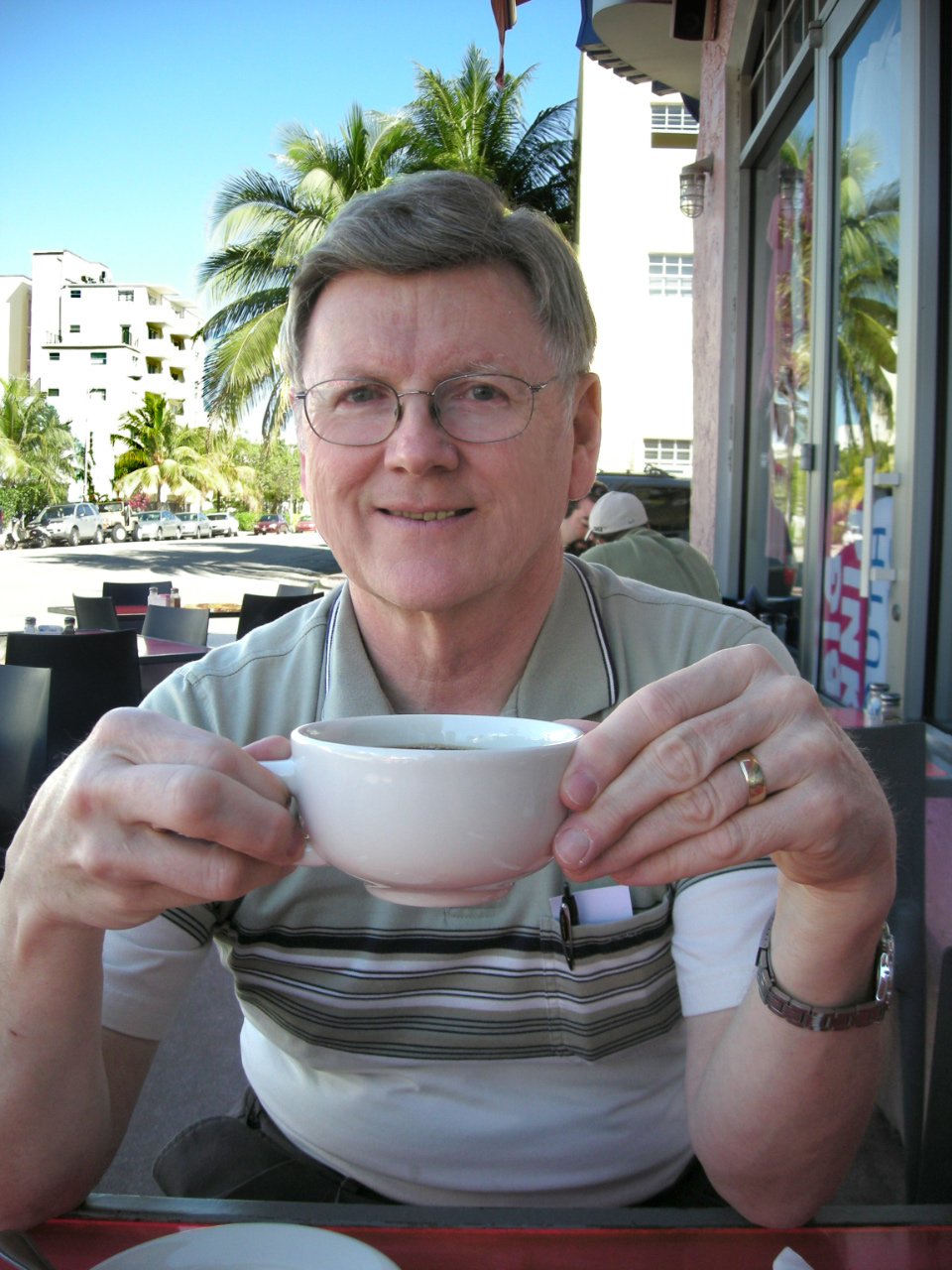About six weeks after our return from Tanzania, this interesting article on the Maasai appeared via the New York Times news service. The link is to the Bend Bulletin version.
The animals described in the previous post aren't the only migrants in the Serengeti. The Maasai People raise cattle and tend their herds throughout the area. Naturally, they follow the same migration pattern looking for pasture.
The Wikipedia entry for the Maasai notes that "The Tanzanian and Kenyan governments have instituted programs to encourage the Maasai to abandon their traditional semi-nomadic lifestyle, but the people have continued their age-old customs." Visiting a Maasai village and watching them tending their herds provides quite a contrast to "modern life" as we practice it.
As we headed down the slopes from the Ngorongoro Crater and out into the Serengeti, a Maasai village would occasionally appear near the road.
At other times we would just see one or two in the distance tending their cattle out in the open.
Hemingway offered admiration for the Maasai:
Then ahead and to the right we saw the high stockade of a Masai village. It was a very large village and out of it came running long-legged, brown, smooth-moving men who all seemed to be of the same age ... They were the tallest, best-built, handsomest people I had ever seen and the first truly light-hearted happy people I had seen in Africa.
Hemingway, Ernest (2002-07-25). Green Hills of Africa (pp. 218-219). Simon & Schuster, Inc.. Kindle Edition.
Hemingway goes on to describe the Maasai catching a rabbit and later running alongside the car for quite some distance in a memorable word-picture. (I suppose I should add a warning that his attitude toward other African natives and the Maasai women is very incorrect by 2013 standards. I imagine that his descriptions of animal killing would also not pass muster with the modern-day literature professor.)
One of our first stops after descending from the crater was to visit a Maasai village. A large percentage of the community turned out to greet us.
The shaved heads on both women and men caught us by surprise.
The athletic ability of the men was apparent in their leaping dance.
Kibo, served as our escort through the village. Kibo is a high-school graduate who has tried living in the city (Arusha) and found it to be very unsatisfying. He mentioned crime as one very negative aspect of city life.
Homes are of a very compact two-room design.
The children are educated through primary school in the village. We heard students recite the English alphabet. High School is provided in nearby towns.
The village is surrounded by thorn-bush fencing to keep predators out and cattle in. Otherwise the village is open to the surrounding countryside.





No comments:
Post a Comment